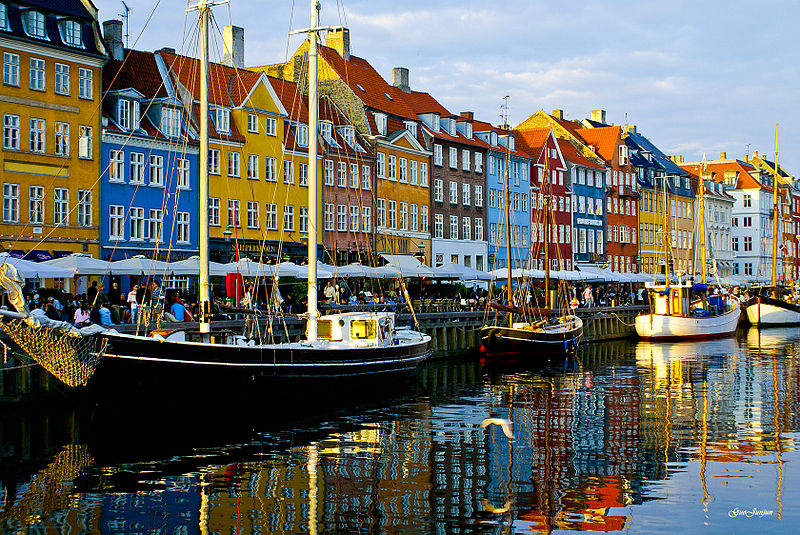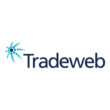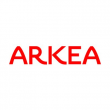Saxo Bank debuts retail and institutional futures spread trading

Saxo customers will have access to a low-volatility trading style
Denmark’s Saxo Bank has introduced futures spread trading onto its online trading and investment platform for retail and institutional clients, in a move the bank says will give investors access to a low-volatility trading style.
Customers will be able to trade intramarket futures spread as well as named calendar futures spreads on gold, oil and other commodities, interest rates, bonds and stock indices. The service is available on all the bank’s platforms, include its SaxoTrader mobile apps for smartphone and tablets.
The bank has said that one of the main advantages of futures spread trading is the ability to use a single order ticket to roll over futures contracts before expiry without legging or spread risk.
“A calendar spread is defined as the sale of one or more contracts and the purchase of one or more offsetting futures contracts in the same market but in different a month, for example Short September Corn and Long December Corn,” said Patrice Henault, futures and listed options product manager at Saxo Bank. “The calendar spread trader positions himself between the speculator and the hedger. Rather than take risk of excessive price fluctuations, he takes on the risk in the difference between two different trading months.
Henault added that calendar spreads are typically less volatile than other forms of trading including share trading, option trading and straight futures trading. “In fact, it is because of such low volatility that margins for spreads are so low,” said Henault. “Spreads typically trend more often, more steeply and for a longer time than do other forms of trading.”
Earlier this year, Saxo Bank launched an online social trading community called TradingFloor.com, which draws on social media concepts such as LinkedIn and blogging alongside Bloomberg/Reuters style market data and news in an attempt to make trading more ‘social’. Founded in 1992 in Copenhagen, Saxo Bank is marketing the new website as a community-based alternative to what it terms “traditional” banks in the 25 countries it covers.











































